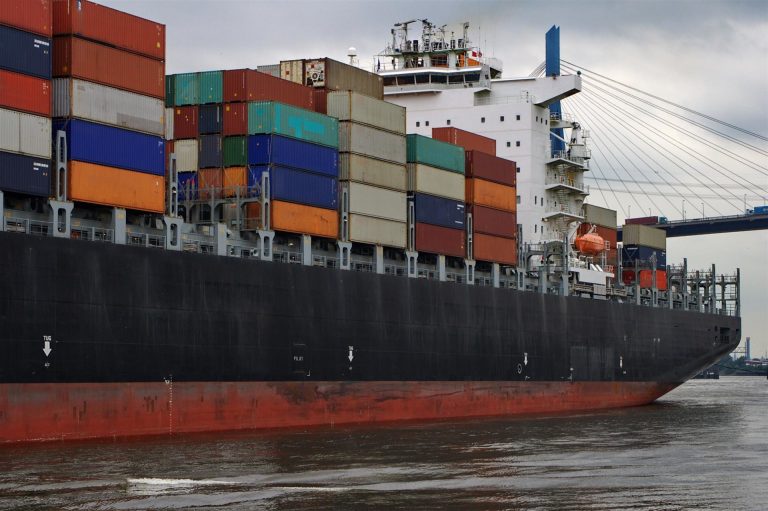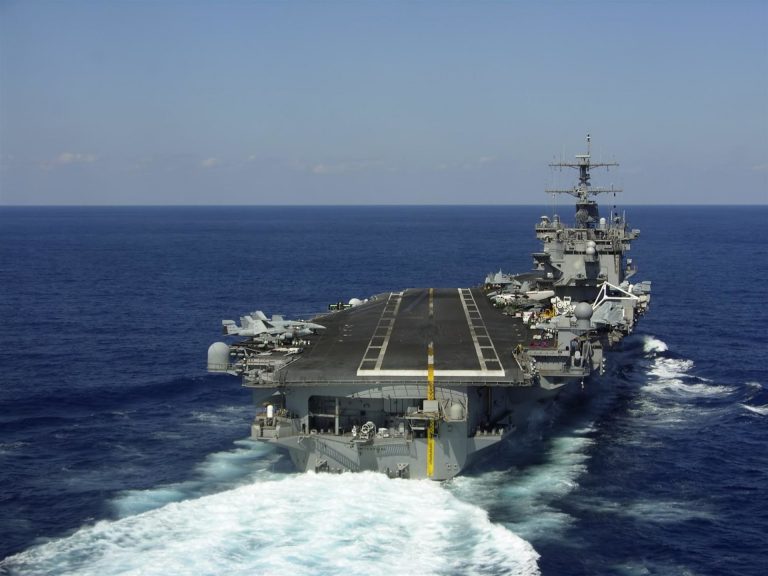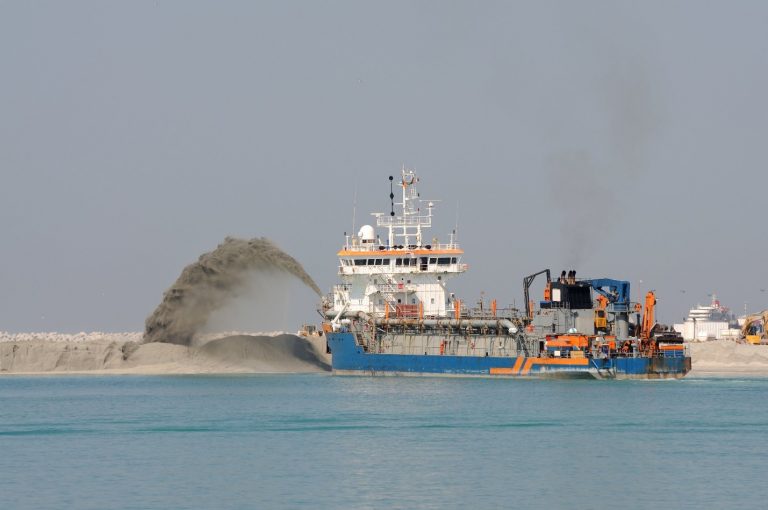The Admiralty Extension Act extends maritime jurisdiction to include all cases where damage or injury is caused by a vessel, even if that injury occurred on land. This act effectively extends the protection of maritime admiralty law to a new set of individuals who were previously limited to civil court action for their injuries.
In order to better understand if the Admiralty Extension Act and other applicable maritime laws might apply to your unique situation, let’s delve into:
- The details of the Admiralty Extension Act
- How the AEA changed historical maritime law
- How these maritime laws protect individuals working in the sea-faring industry
- What types of cases fall under maritime jurisdiction
What Is the Admiralty Extension Act?
The AEA was passed in 1948 to extend the jurisdiction of admiralty law inland. By covering damages a vessel operating on navigable water causes on land, more cases involving injury or loss caused by a vessel fall under the same court system. Some of the individuals and scenarios covered by the Admiralty Extension Act include:1
- Vessel damage to bridges, piers, or people on those structures
- Injuries occurring during the loading, unloading, or storage of cargo from a vessel
How Did the AEA Change Historical Maritime Law?
The founders of our nation agreed to federal courts deciding maritime lawsuits because of the national importance and impact to international relations or commerce that these cases may have. The necessary and complex application of federal statutes, international maritime law, and ancient civil codes these cases entail keeps these matters out of individual state courts.
Federal judicial powers extend to “all cases of admiralty and maritime jurisdiction” as stated in Article III of the Constitution. Many of these cases involved claims against vessels, rather than individuals. Admiralty judges operate by specific procedures and apply general maritime law, deciding cases without a jury.
Some of these cases even included judging ownership and compensation for “prizes,” which are captured vessels brought before the court by privateers. In all these cases, as long as the vessel was operating on navigable water, maritime admiralty law applied.2 However, passengers, workers, and passers-by on the shore were not protected by the federal court for injuries or damages caused by ships. The AEA closed this gap.
What Is Navigable Water?
Over time, the Supreme Court expanded admiralty jurisdiction to cover ship collisions, damaged goods in transport, and injuries to passengers. Up until 1851, these protections extended only as far as “the ebb and flow of the tide.”
In a landmark case, the wording was changed to include all “navigable waters,” which includes waters that form a commerce highway upon which a boat can float, even if that waterway exists within the borders of a state. In 1883, this definition was extended to include man-made canals, as well.2
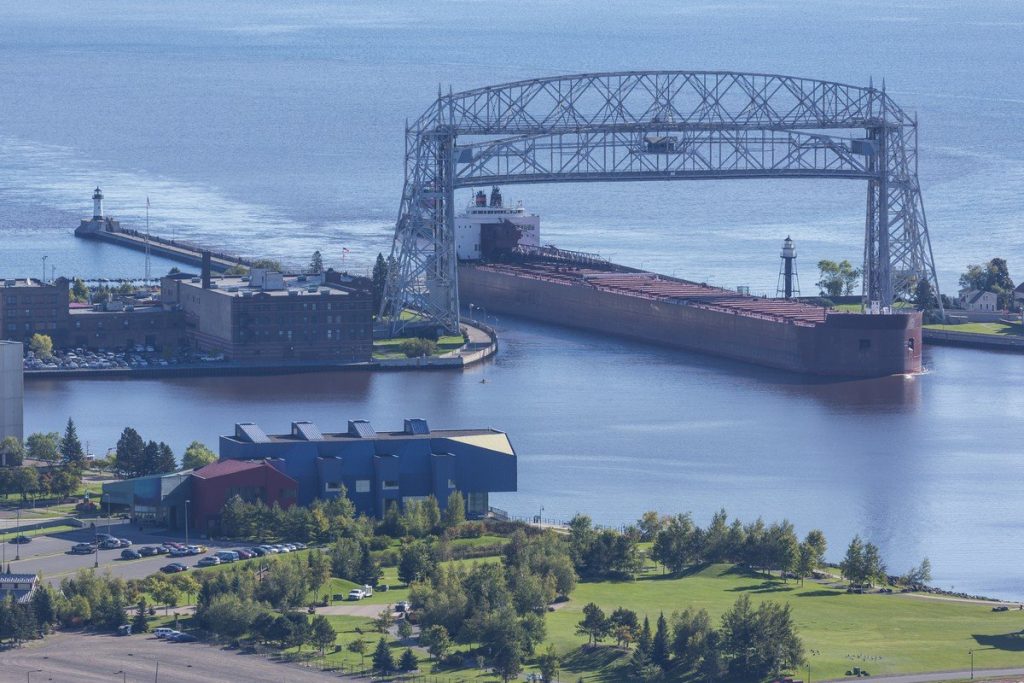
What Other Maritime Laws Apply to Injury or Damages Caused by a Vessel?
The Admiralty Extension Act is just one of the acts that provide protection to individuals who sustain damage or injury related to a vessel. Some of the other maritime laws that may apply to an individual include:
The Merchant Marine Act of 1920, also known as the Jones Act. Jones Act claims offer sailors the ability to obtain compensation for negligent acts of the captain, ship owner, or members of the crew. Admiralty law firms handle these types of cases.
The Death On the High Seas Act (DOHSA). When a worker dies because a vessel is unseaworthy or their employer is negligent, their family may file a claim through an offshore injury attorney if the incident occurred on the high seas, at least three nautical miles from shore. This protection is in addition to that provided by general maritime law.
The Longshore and Harbor Worker’s Compensation Act (LHWCA). Dock workers, longshoremen, and other harbor employees are covered for injuries sustained on the job by this act. It provides the same protections that worker’s compensation generally does, including covering medical expenses and disability and allows lawsuits against any business or person responsible for the injuries who is not an employer or co-worker.
How Do These Laws Protect Individuals Injured in an Accident?
Maritime law cases span a wide range—from admiralty contract disputes for lost wages and expenses like towage or ship repair to cases of personal tragedy normally handled by a personal injury lawyer. These cases may involve:
- Boat capsizing
- Fire or explosion on a vessel
- Crane, winch, cable, or tow line accidents
- Faulty equipment or improper training
- Lack of (or malfunctioning) emergency equipment
- Unqualified medical personnel or lack of medical treatment
- Injuries sustained loading or unloading a vessel
- Shipyard injuries during building or repair
- Accidents on bridges, piers, wharves, terminals, or dry docks
- Occupational diseases associated with maritime work, such as asbestosis
Compensation for these maritime accidents should include medical expenses, disability benefits, rehabilitation therapy, lost wages, and wrongful death benefits paid to survivors and family. The type of court which hears the case will be different, but the rights of the injured party are the same or similar as in other personal injury cases.
What Types of Cases Fall Under Maritime Jurisdiction?
Under the AEA and the other applicable laws, these types of cases would be decided by maritime admiralty law:
- Maintenance and Cure. One of the longest standing rights of sailors is to maintenance and cure. This means the vessel must provide maintenance in the form of room and board—including rent, utilities, and food—to an injured seaman during recovery; and cure, meaning reasonable medical costs are also covered.
- Passenger Injury. The owner of a vessel is responsible to take reasonable care for the safety of the passengers aboard. If the owner is negligent in that duty, the passenger may file a claim against the shipowner under general maritime law. The AEA would likely apply if the passenger was injured on land due to unsafe conditions while entering or leaving the vessel.
- Maritime Worker Injury. When one of the crew is injured aboard a vessel or while performing service to that vessel on the dock, the AEA and other avenues are available to them, depending on the details of the incident resulting in their injury. They may engage a longshoreman attorney and receive compensation from more than one avenue, whether that is maintenance and cure, the Jones Act, the AEA, or the LHWCA.
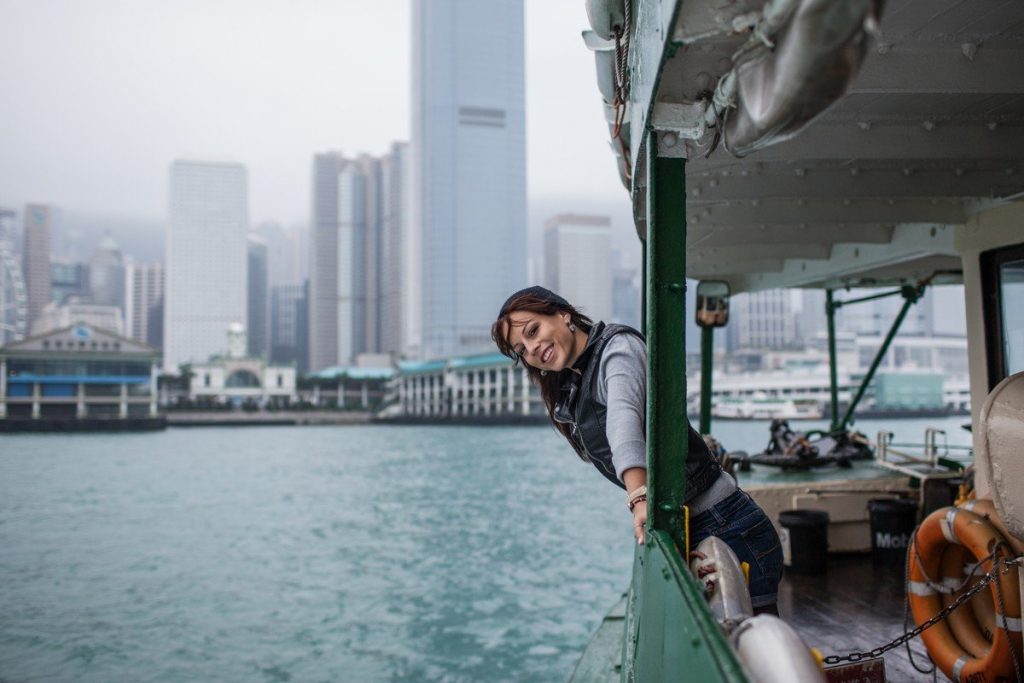
Examples of Cases Where Compensation Was Awarded Under Maritime Law
An example of a case of worker injury related to vessels abound include if a worker might be hit by the bowsprit or line of a vessel that comes too close to shore. Crane injuries and dock loading accidents are all too common.
The maritime injury lawyers at Schechter, Shaffer, and Harris have an impressive track record with these types of cases, obtaining full and fair compensation in these specific instances, among others:
- $17.5 million compensation in Jones Act deckhand case involving head injury and brain damage
- $2.5 million recovered after a tug line came loose and caused a worker to lose a leg
- $1.6 million recovered for offshore workers injured painting an offshore oil rig when staging collapsed
- $950,000 in damages for a worker whose knee was injured in a crane accident after several near-misses due to unsafe procedures and equipment
- $564,000 in compensation for a tanker man’s injuries during barge unloading in very rough weather
- $525,000 for an offshore worker injured in a crew basket transfer during pipeline work
- $500,000 in injury compensation for a deckhand who sustained a serious fall due to the lack of non-skid flooring on parts of the deck
Weathering Rough Seas with a Trusted Crew
When accidents or injuries occur, weathering the storm by yourself is difficult. Lost wages and mounting medical bills can leave you drowning in uncertainty and loss. If a loved one or you have been injured on or in service of a vessel or oil platform, reach out to us. We handle cases for injured passengers, sailors, longshoremen, dock personnel, maritime workers, and oil platform employees
Our team of maritime injury lawyers and Jones Act attorneys bring more than 100 years of team trial experience to your side of the table. Our firm has recovered more than $720 million dollars for our clients in these types of cases, including the largest single injury Jones Act settlement paid by the U.S. government.
We understand the financial struggles of our clients who are injured and unable to work, and we do our best to help with interest-free loans and fast results to get your life back to smooth sailing with the compensation you need and deserve. Many of these laws have time limits to file a claim, so don’t hesitate—schedule a consultation today!
Sources:


